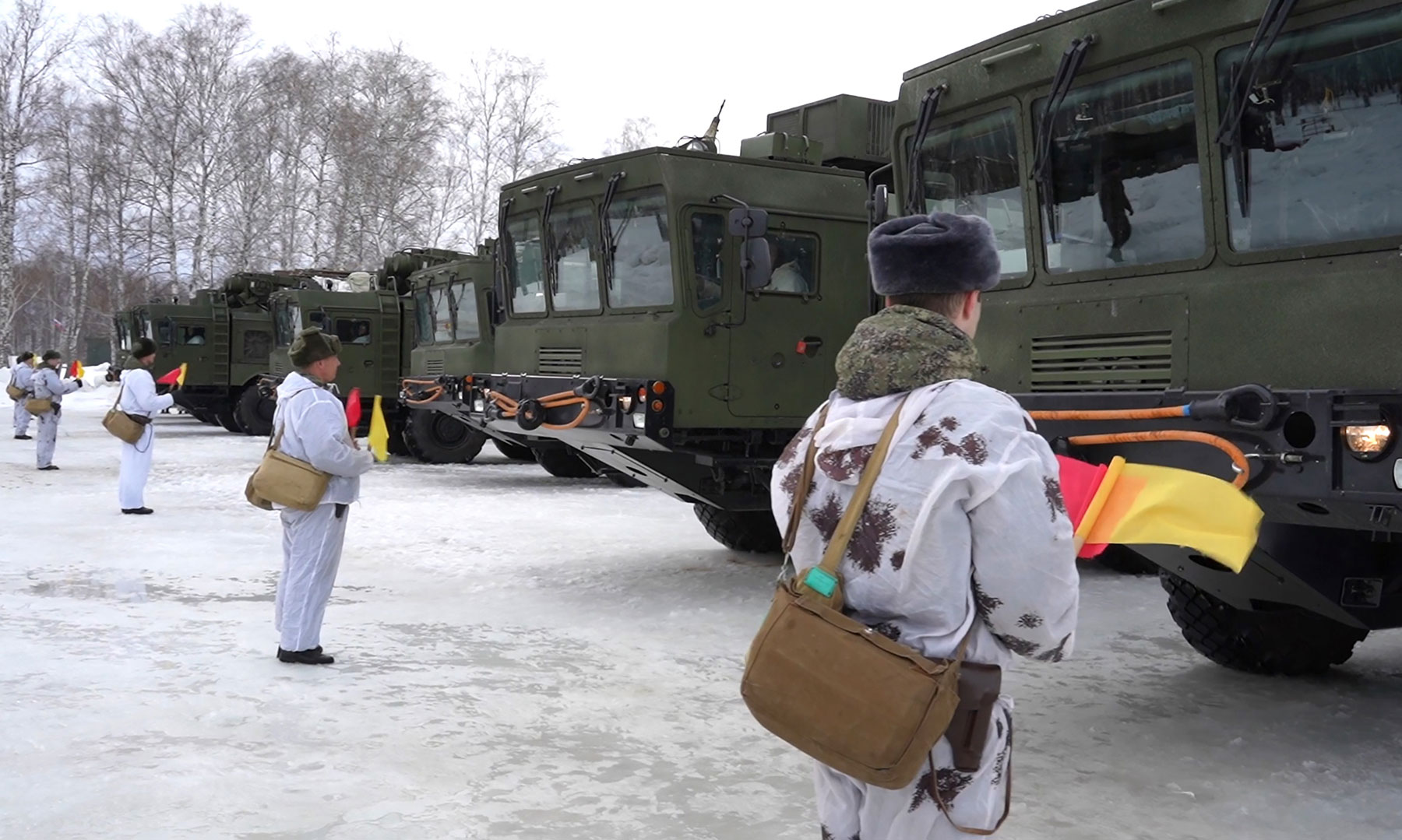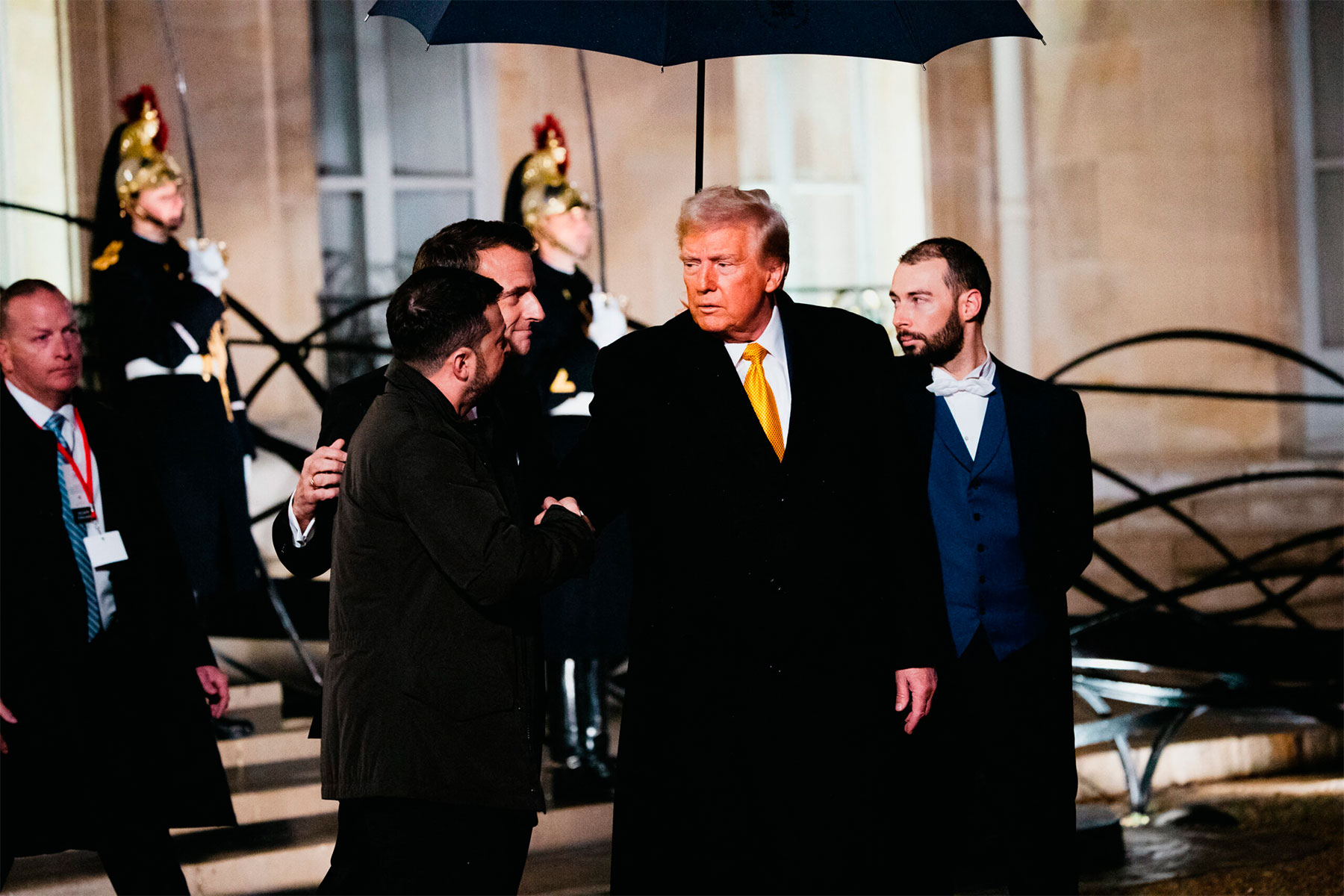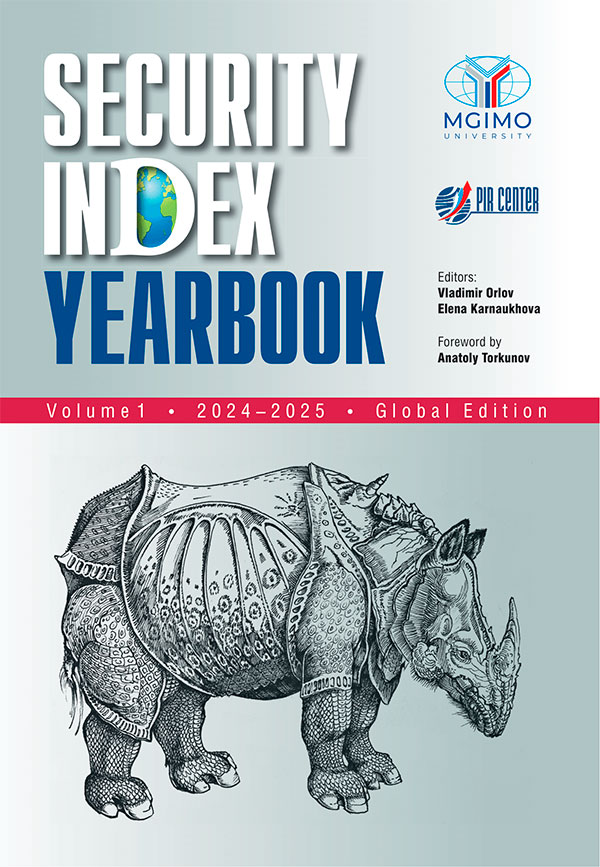The ongoing negotiations between Russia and the United States on the Ukrainian issue have rekindled hopes for a return to constructive dialogue on other fronts, particularly in the realm of strategic stability and nuclear arms control. To what extent are Moscow and Washington prepared for such dialogue? What political preconditions exist, and what parameters might it take?
The ongoing negotiations between Russia and the US offer a glimmer of hope for de-escalation. The Trump administration has publicly committed to resolving the Ukrainian conflict. However, the talks are expected to be exceptionally complex, with disagreements among allies—such as the EU, the UK, and even Kiev—undermining the new US president’s initiatives. The gulf between the parties’ positions remains vast.
Nevertheless, should agreements on Ukraine be reached and sustained, the risks of unintended or uncontrolled escalation, including in the missile and nuclear sphere, could diminish.
In the US, the modernization of nuclear forces, a process initiated by previous administrations, will continue. Trump is likely to revisit the issue of China’s participation in a new security architecture.
New START is unlikely to be revived, as doing so would require extensive preparatory efforts. At the same time, a full-blown strategic nuclear arms race between Russia and the US, reminiscent of the Cold War, appears improbable. A significant build-up of nuclear warheads and delivery systems would not fundamentally enhance security—the resources expended would not yield commensurate benefits. Instead, the development of strategic nuclear forces is likely to focus on qualitative improvements, driven by technological advancements. The arms race will likely deepen rather than broaden, with enhancements to weapon characteristics, control systems, and other components taking precedence over sheer numbers.
The situation surrounding intermediate and shorter-range missile systems is particularly destabilizing. The risk of mass deployment of US missiles in Europe remains high. Trump’s inclination to reassess security relations with European allies complicates matters further. The deployment of new systems would entail substantial costs, which individual European nations are unlikely to bear. Such a move would not significantly bolster US security, while Europe’s own security would grow more fragile due to inevitable countermeasures by Moscow, which possesses comparable or superior systems. The potential deployment of similar US systems in Asia, amid escalating US-China rivalry, further compounds the issue. Binding agreements in the INF domain are unlikely, though regional moratoriums on deployment may be possible. Efforts to develop and refine intermediate and shorter-range missiles will undoubtedly intensify.
Dialogue between Moscow and Washington on regional missile and nuclear issues holds little promise at this stage. North Korea has solidified its status as a de facto nuclear power, and the window for joint denuclearization efforts on the Korean Peninsula has closed. On the Iranian nuclear issue, the Trump administration’s 2018 unilateral withdrawal from the Joint Comprehensive Plan of Action (JCPOA), endorsed by UN Security Council Resolution 2231, has left a lasting impact. Prospects for multilateral diplomacy in this arena remain dim.
In the foreseeable future, nuclear weapons will remain a cornerstone of Russia’s security and sovereignty, deterring open military aggression by foreign states.
Restarting the architecture of missile and nuclear arms control in a Russian-American or broader format appears highly improbable, as its necessity is not yet apparent to key players. In the absence of new agreements, the balance of power will continue to serve as the defining framework for global security.
The ongoing negotiations between Russia and the United States on the Ukrainian issue have rekindled hopes for a return to constructive dialogue on other fronts, particularly in the realm of strategic stability and nuclear arms control. To what extent are Moscow and Washington prepared for such dialogue? What political preconditions exist, and what parameters might it take?
As Russian Foreign Minister Sergey Lavrov aptly observed, the parties have “begun to step back from the edge of the abyss.” This assessment is far from hyperbolic. Russia and the US have indeed ventured deep into mutual confrontation, including the perilous risks of nuclear escalation. The path back from the brink promises to be long and fraught with challenges, and it could be derailed at any moment.
The erosion of arms control regimes began well before Russia’s special military operation (SMO) and the escalation of tensions between Russia and the collective West. Washington initially spearheaded this process. In 2001, US President George W. Bush announced America’s withdrawal from the 1972 Anti-Ballistic Missile (ABM) Treaty. At the time, the two nations managed to sustain positive momentum in their relations, buoyed by cooperation in other areas. However, Moscow grew increasingly wary of elements of the new ABM system in Eastern Europe. Coupled with the erosion of security in Europe and the undermining of the principle of equal and indivisible security—evidenced by crises in conventional arms control, NATO’s strikes on Yugoslavia, and the alliance’s eastward expansion—strategic stability faced mounting pressure. The 2010 New START Treaty marked the last significant achievement in nuclear arms control.
Amid the escalating security crisis following the events in Ukraine in 2014, Russia redoubled its efforts to maintain a balance of power in the missile and nuclear sphere. While adhering to existing international obligations, the country made notable strides in developing advanced missile systems. Yet, the regime governing missile and nuclear weapons continued to deteriorate. In 2019, the Trump administration initiated the withdrawal from the Intermediate-Range Nuclear Forces (INF) Treaty. The INF crisis was preceded by years of mutual accusations, fuelled by new technological realities, the collapse of other arms control mechanisms (including the ABM Treaty), suspicions of new system developments, and the presence of such systems in third countries, notably China. During Trump’s first term, the extension of New START was nearly derailed, only to be salvaged under the Biden administration. In 2023, amid the SMO, Russia suspended its participation in New START.
The conflict in Ukraine has significantly exacerbated existing challenges while giving rise to new, dangerous dynamics. Ukraine has acquired missile systems from Western nations, with their deployment clearly supported by Western military instructors and reliant on technical and intelligence data from NATO countries. The use of these missiles has been accompanied by the widespread deployment of various unmanned aerial vehicles (UAVs). Russia has tempered the pace of combined strikes on its territory, offsetting them with substantial retaliatory strikes. The new Oreshnik missile system was deployed for the first time in a non-nuclear configuration. In 2024, significant revisions were made to Russia’s nuclear doctrine, adjusting the conditions for nuclear weapon use. Russian nuclear weapons have also been stationed in Belarus. Despite these developments, the Russian leadership has exercised restraint in escalation. Proposals from some experts for pre-emptive strikes against NATO countries, including nuclear options, have not gained traction. However, the risks of further escalation persist. While the cumulative impact remains insufficient to justify the use of strategic nuclear weapons, the erosion of barriers to a major armed conflict between Russia and NATO continues.
The ongoing negotiations between Russia and the US offer a glimmer of hope for de-escalation. The Trump administration has publicly committed to resolving the Ukrainian conflict. However, the talks are expected to be exceptionally complex, with disagreements among allies—such as the EU, the UK, and even Kiev—undermining the new US president’s initiatives. The gulf between the parties’ positions remains vast.
Nevertheless, should agreements on Ukraine be reached and sustained, the risks of unintended or uncontrolled escalation, including in the missile and nuclear sphere, could diminish.
In the US, the modernization of nuclear forces, a process initiated by previous administrations, will continue. Trump is likely to revisit the issue of China’s participation in a new security architecture. Beijing, however, remains reluctant to join any restrictive regimes, maintaining ambiguity about the development and status of its nuclear deterrent capabilities.
New START is unlikely to be revived, as doing so would require extensive preparatory efforts. At the same time, a full-blown strategic nuclear arms race between Russia and the US, reminiscent of the Cold War, appears improbable. A significant build-up of nuclear warheads and delivery systems would not fundamentally enhance security—the resources expended would not yield commensurate benefits. Instead, the development of strategic nuclear forces is likely to focus on qualitative improvements, driven by technological advancements. The arms race will likely deepen rather than broaden, with enhancements to weapon characteristics, control systems, and other components taking precedence over sheer numbers.
The situation surrounding intermediate and shorter-range missile systems is particularly destabilizing. The risk of mass deployment of US missiles in Europe remains high. Trump’s inclination to reassess security relations with European allies complicates matters further. The deployment of new systems would entail substantial costs, which individual European nations are unlikely to bear. Such a move would not significantly bolster US security, while Europe’s own security would grow more fragile due to inevitable countermeasures by Moscow, which possesses comparable or superior systems. The potential deployment of similar US systems in Asia, amid escalating US-China rivalry, further compounds the issue. Binding agreements in the INF domain are unlikely, though regional moratoriums on deployment may be possible. Efforts to develop and refine intermediate and shorter-range missiles will undoubtedly intensify.
Dialogue between Moscow and Washington on regional missile and nuclear issues holds little promise at this stage. North Korea has solidified its status as a de facto nuclear power, and the window for joint denuclearization efforts on the Korean Peninsula has closed. Russia has entered a new phase of relations with North Korea, formalized by a 2024 bilateral treaty that includes mutual security guarantees. On the Iranian nuclear issue, the Trump administration’s 2018 unilateral withdrawal from the Joint Comprehensive Plan of Action (JCPOA), endorsed by UN Security Council Resolution 2231, has left a lasting impact. Amid the Russian-American crisis, Moscow and Tehran have grown politically closer, culminating in a new bilateral treaty. Prospects for multilateral diplomacy in this arena remain dim.
In the foreseeable future, nuclear weapons will remain a cornerstone of Russia’s security and sovereignty, deterring open military aggression by foreign states. Tactical nuclear weapons provide additional flexibility for nuanced deterrence in specific contexts. However, a cautious approach is essential to avoid the dissipation of limited resources and the erosion of deterrence capabilities amid advancements in both nuclear and non-nuclear weapons. Restarting the architecture of missile and nuclear arms control in a Russian-American or broader format appears highly improbable, as its necessity is not yet apparent to key players. In the absence of new agreements, the balance of power will continue to serve as the defining framework for global security.
First published in the Valdai Discussion Club.







